If you’re looking to start detoxing your home, one of the best areas to start is the kitchen – specifically, the cookware we use daily. After all, we are what we eat – and many toxins in our cookware regularly seeps into what we eat.
If you’re confused where to start, look no further. Here’s our top recommended non-toxic cookware materials – and why you should be cautious of a few “non-toxic” brands out there.
Is “non-toxic / non-stick” actually toxic?
The first thing we want to address are the infamous “non-toxic / non-stick” pans. And most of the ones you probably see ads for are Caraway & Our Place.
While the pans are gorgeous (and work like a charm on the first few uses), there are some “beige” flags to be aware of. Here’s a few things to note before spending your hard earned money on new cookware:
- “PFAS-free” claims can be misleading. There are thousands of PFAS compounds, but most PFAS tests look for less than a hundred – so It’s hard to know if a product is truly free of them all.
- Both Caraway and Our Place pans say to only use low-medium heat “to preserve the nonstick coating.” They also recommend never heat an empty pan. This limits cooking capacities and can be extremely easy to ruin your expensive pans.
- The non-stick coatings in both Caraway and Our Place pans have been shown to chip off while cooking. We’ve tested them both out and both haven’t lasted a year of heavy use.
Our Top Recommended Non-Toxic Cookware
While most of these options are not non-stick, the long-term benefits and longevity outweigh the fact that you’ll need to use some cooking oil. Here’s what types of cookware we we recommend, along with our favorites for each:
Cast Iron
Cast iron cookware has been a favorite among cooks for generations. It’s made from robust material, has excellent heat retention, and has a naturally non-stick surface when its seasoned properly.
Cast Iron is an alloy made predominantly of iron with a small amount of carbon, typically between 2% and 3%. This combination creates a dense, heavy material that excels at retaining and evenly distributing heat. This makes it ideal for searing meats or cooking slow-simmering dishes.
It’s important to note that cast iron needs to be seasoned, a process involving coating the pan with a thin layer of oil and heating it. This creates a natural, non-stick surface that improves with continued use.
In terms of heat thresholds, cast iron can withstand very high temperatures – way hotter than your oven can get! The seasoning on your cast iron will burn off at roughly 800°F, so it’s safe to say you won’t damage your pan with high heat.
Enameled Cast Iron
Enameled cast iron is a variant of the standard cast iron cookware and serves as a great alternative for those who want the benefits of cast iron without the need for seasoning.
This cookware features a layer of enamel (a form of glass) coating the cast iron, preventing it from rusting and creating a smooth surface. It’s excellent for cooking dishes with acidic ingredients, which might otherwise react with uncoated cast iron.
Enameled cast iron can also withstand high heat, with most types being oven-safe up to 500 degrees Fahrenheit. However, enameled cast iron should not be exposed to rapid temperature changes, as this can cause the enamel to crack.
One of the better benefits of of enameled cast iron lies in its ready-to-use nature, unlike traditional cast iron that requires seasoning. This makes it a versatile option for pan-frying, simmering, baking, and more. A few points to remember: It’s recommended to gradually warm up your pan on a low-to-medium setting, using a bit of cooking oil or fat.
Carbon Steel
Moving on to carbon steel, this cookware material is a lighter, more responsive cousin of cast iron. It’s made from an alloy of iron and carbon, just like cast iron, but in different proportions, resulting in a thinner and lighter pan.
Carbon steel pans heat up and cool down more quickly than cast iron, making them excellent for precision cooking tasks like sautéing vegetables or searing a steak.
These pans are also “seasonable”, so they develop a non-stick surface with continued use and proper care. They are safe to use on any stovetop and in any oven or grill. Carbon steel pans can also handle very high heat—usually up to 600 degrees Fahrenheit.
Stainless Steel
When it comes to combining durability, ease of use, and non-toxicity, stainless steel cookware hits the bullseye.
Stainless steel is an alloy of iron, carbon, and at least 10.5% chromium, which provides resistance to corrosion and staining. The higher quality stainless steel contains other alloys like nickel and molybdenum, enhancing its durability and rust-resistance.
What’s great about stainless steel is that it’s incredibly versatile. It can withstand high cooking temperatures (up to 600 degrees Fahrenheit) without warping or getting damaged. It’s also non-reactive, meaning it won’t leach harmful substances into your food.
Stoneware
Stoneware cookware is made from a specific type of clay that’s fired at high temperatures, creating a tough, virtually non-porous material.
It’s ideal for slow cooking and baking, thanks to its excellent heat retention and distribution. One of the main advantages of stoneware is that it becomes more non-stick with use, requiring less and less oil over time.
However, stoneware is not meant for stovetop cooking, and sudden temperature changes can cause it to crack. Most stoneware is safe up to 450-500 degrees Fahrenheit.
Glass
Last but not least, we have glass cookware. Glass is a non-reactive material, meaning it won’t leach any substances into your food, regardless of the food’s acidity.
One of the key benefits of glass cookware is its transparency—you can easily monitor your food while it’s cooking. It’s also perfect for storing leftovers because it doesn’t absorb odors or flavors.
Most glass cookware can withstand oven temperatures up to 550 degrees Fahrenheit, but it’s not suitable for stovetop use unless it’s specifically designed for it. Always good to double check the manufacturer’s temperature recommendations.
Non-Toxic Utensils
Beyond the health concerns, the production and disposal of plastic contribute to environmental degradation, adding to the already alarming plastic pollution crisis.
Choosing non-toxic cookware is an important step towards a healthier lifestyle. It’s crucial to consider not only the safety of a material but also its cooking performance, maintenance needs, and compatibility with your cooking style.
Whether you’re a fan of slow-cooked stews, perfectly seared steaks, or freshly baked bread, there’s a safe, non-toxic cookware material that’s perfect for whatever you’re cooking up. With careful consideration and proper care, your non-toxic cookware can provide years of safe, delicious meals.
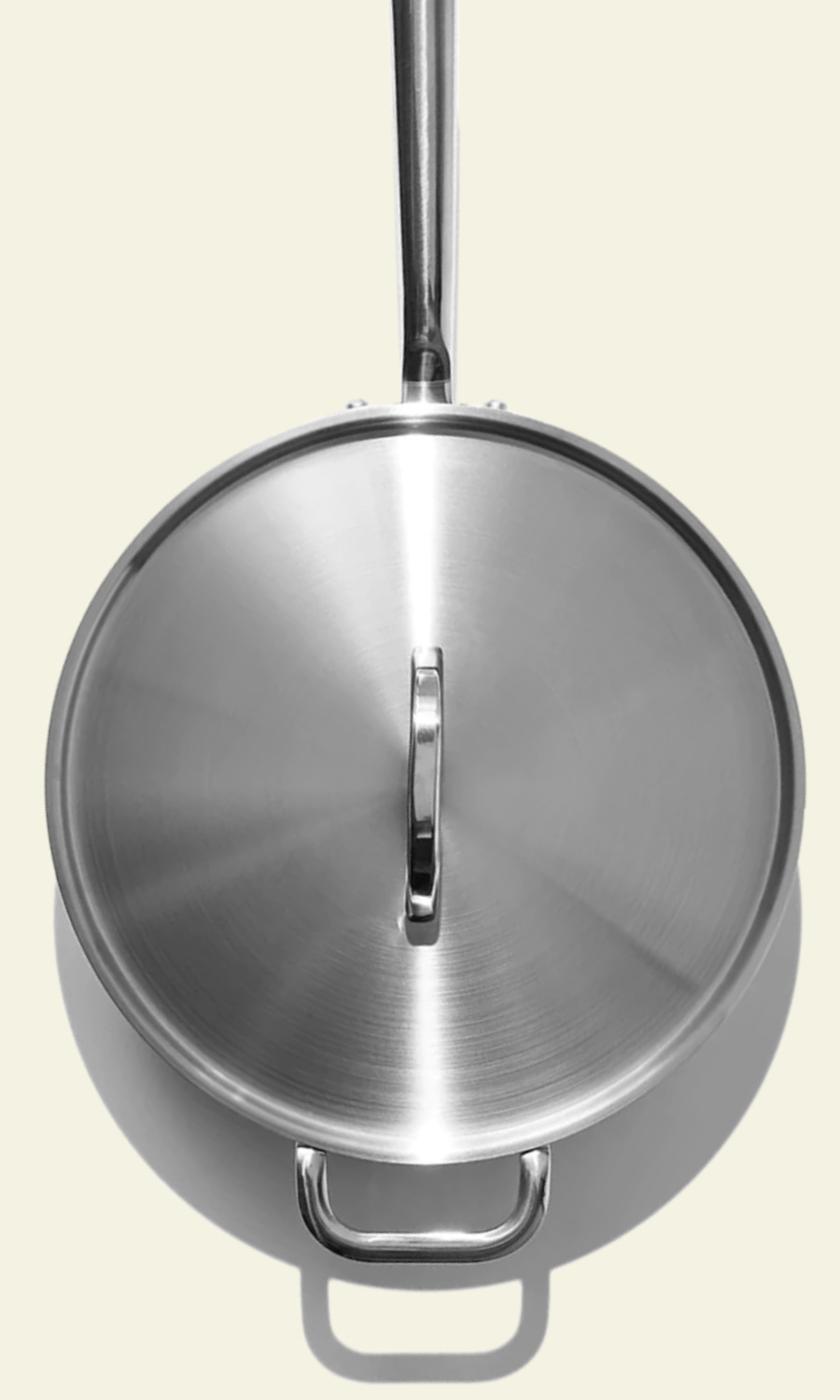
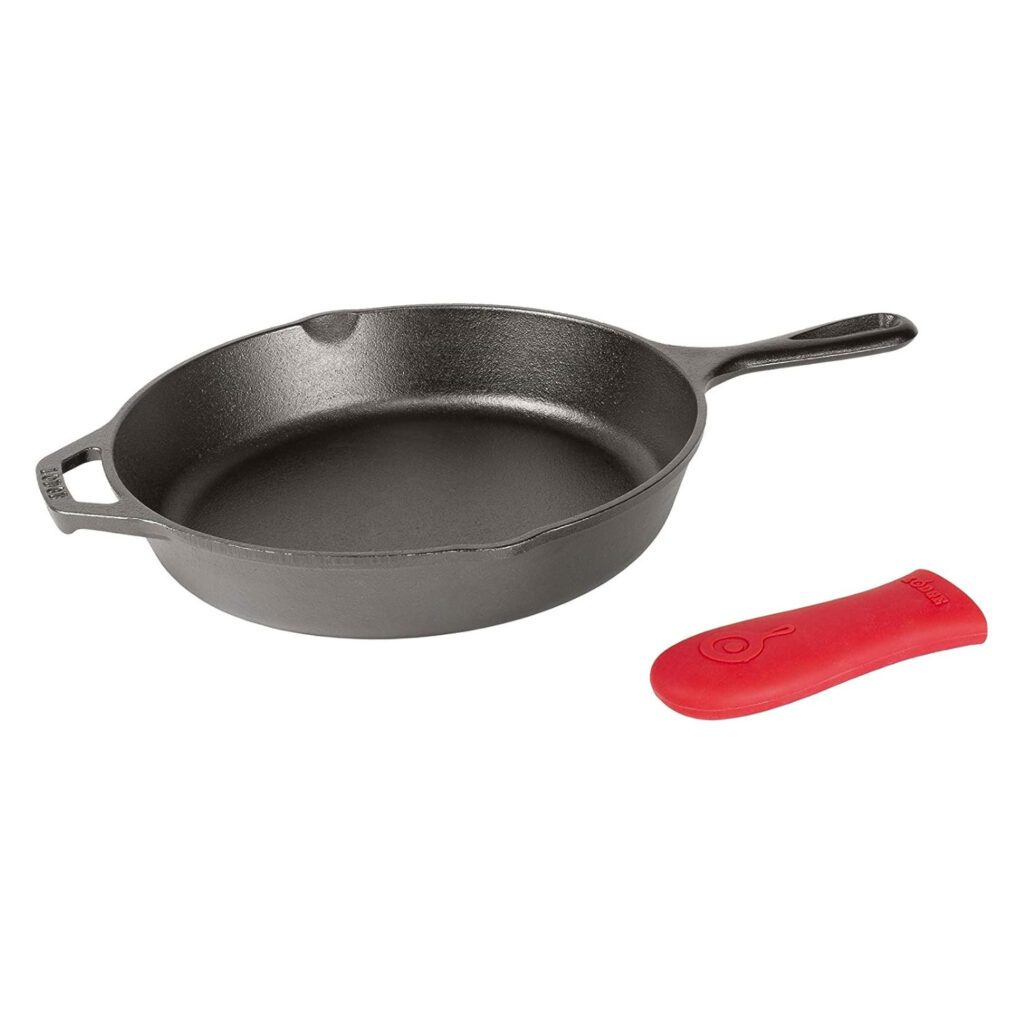
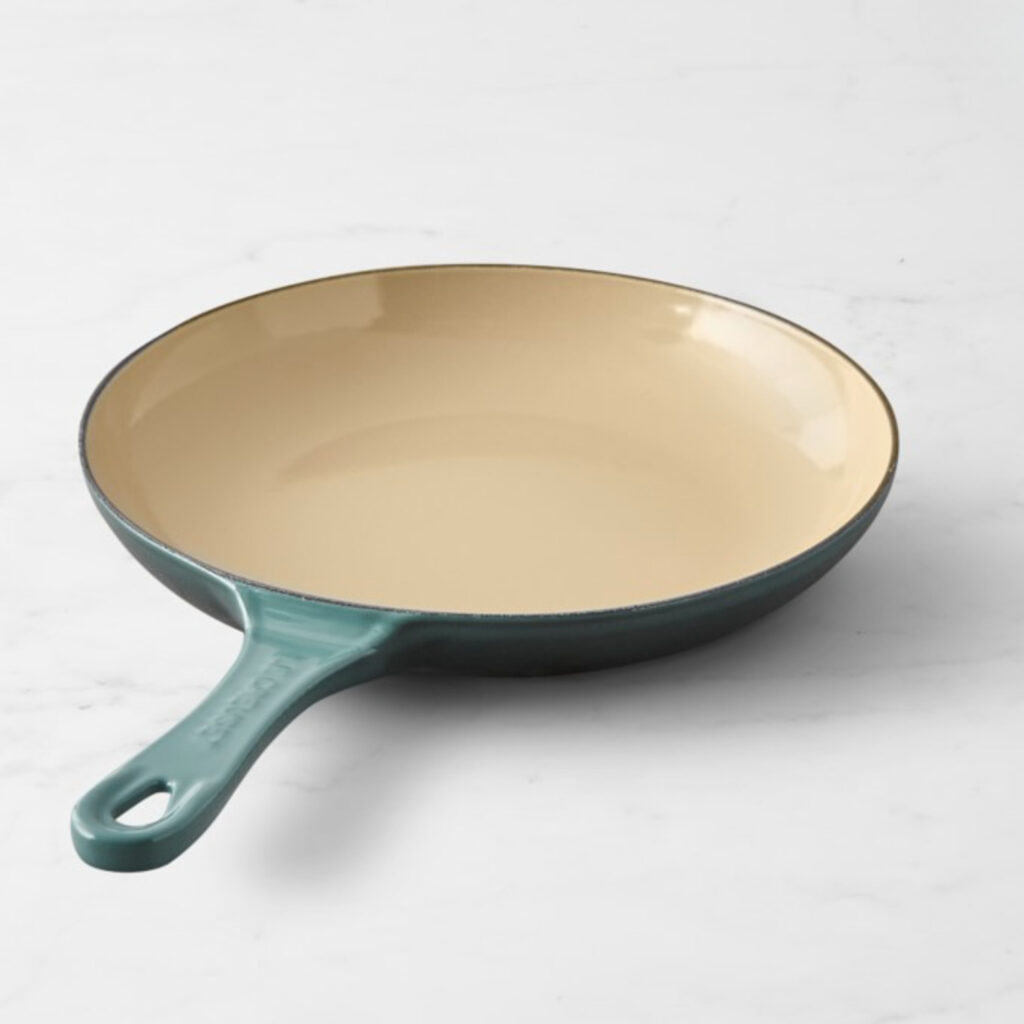
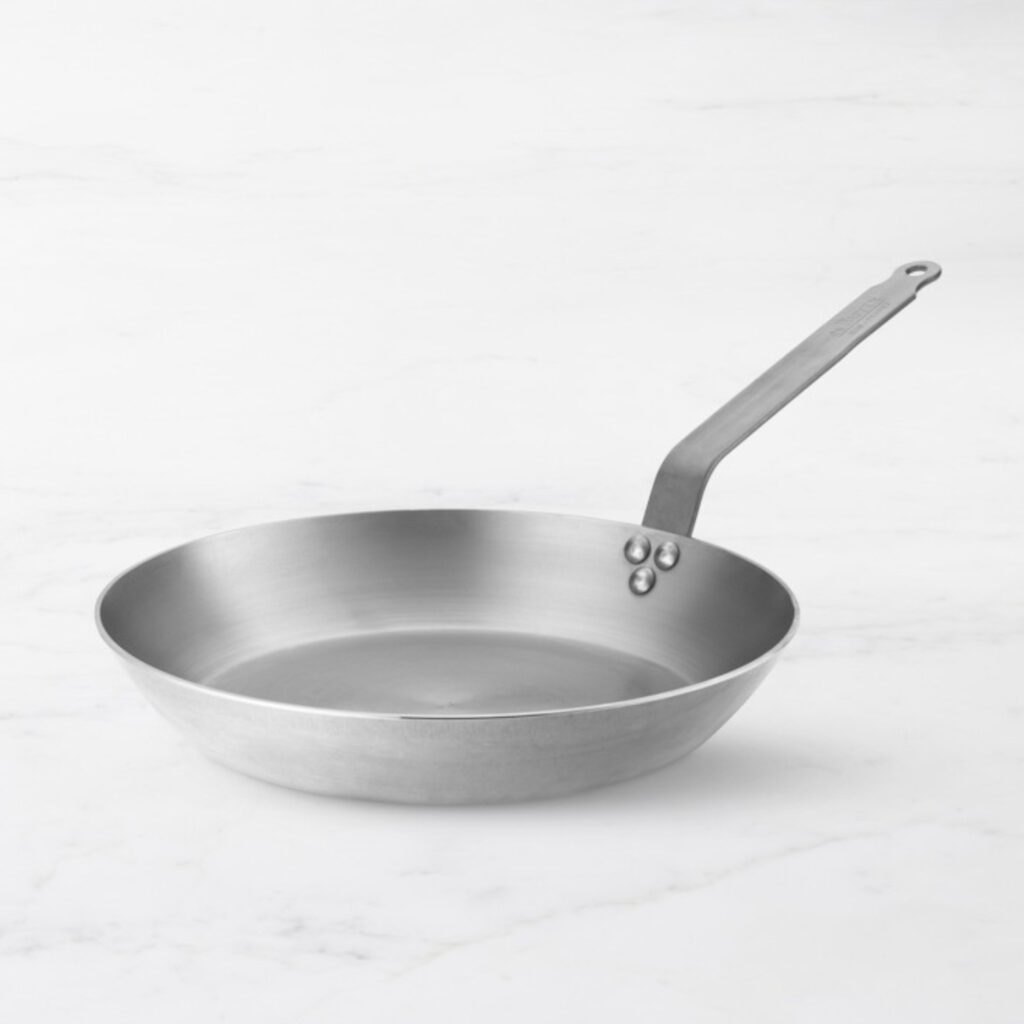
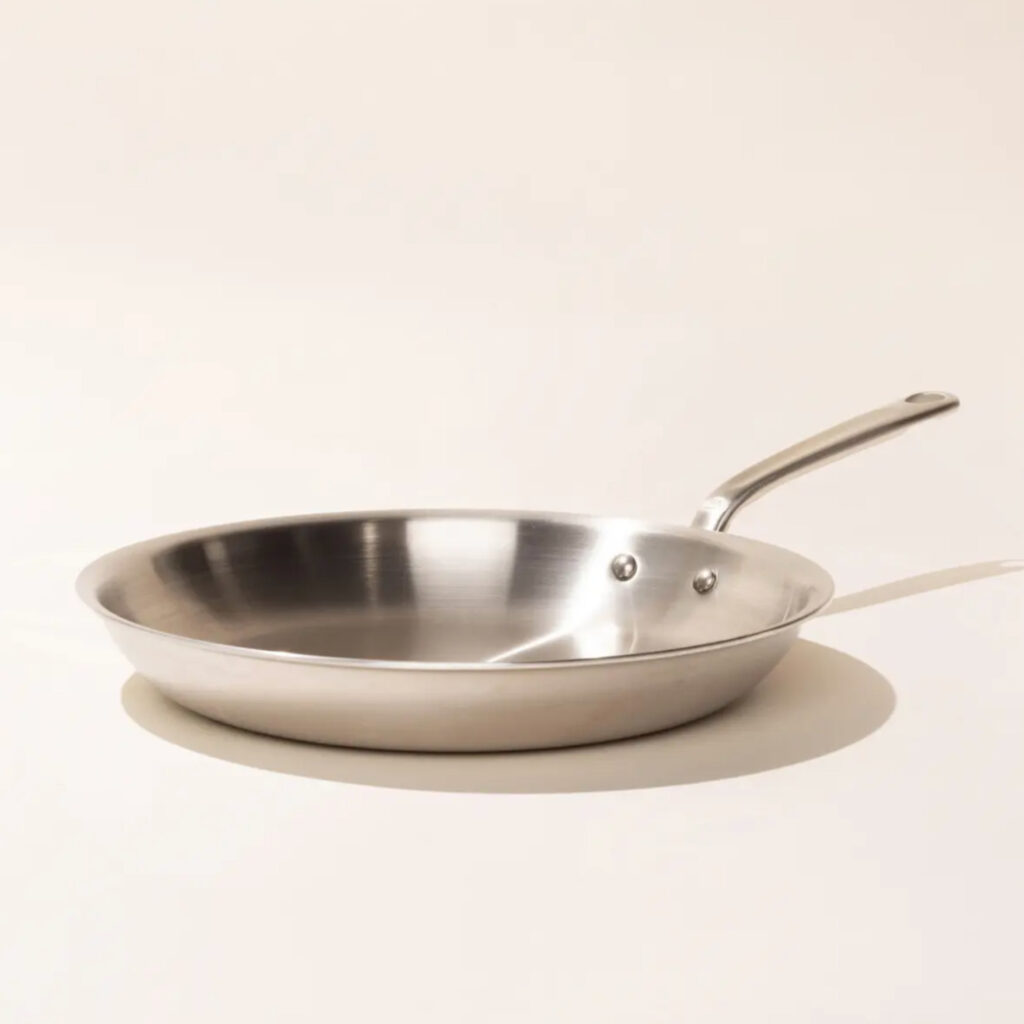
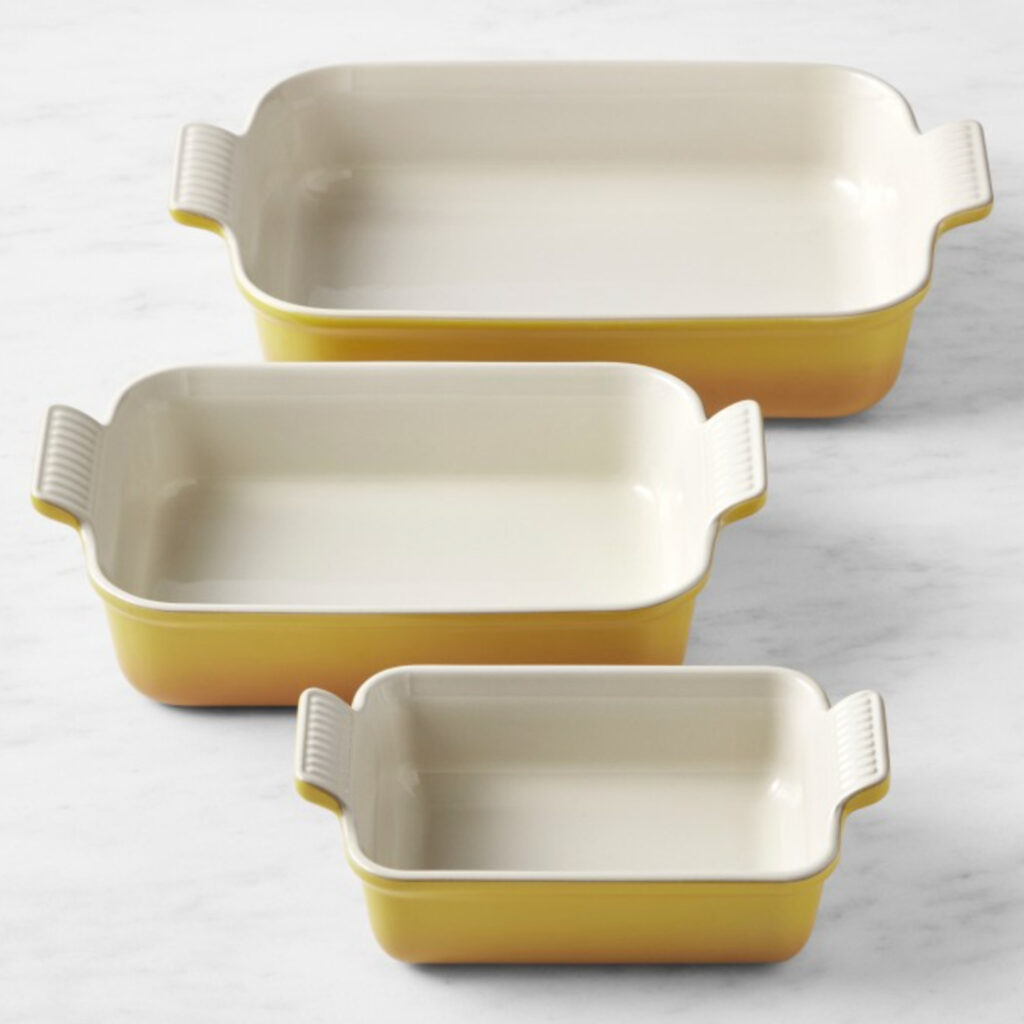
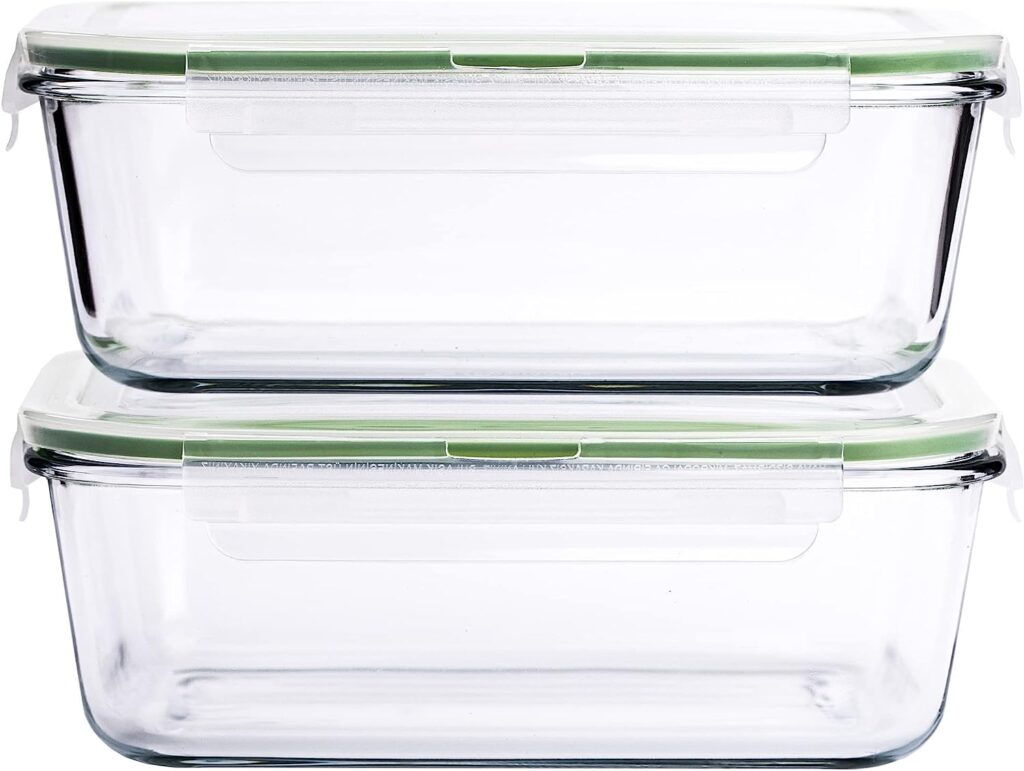
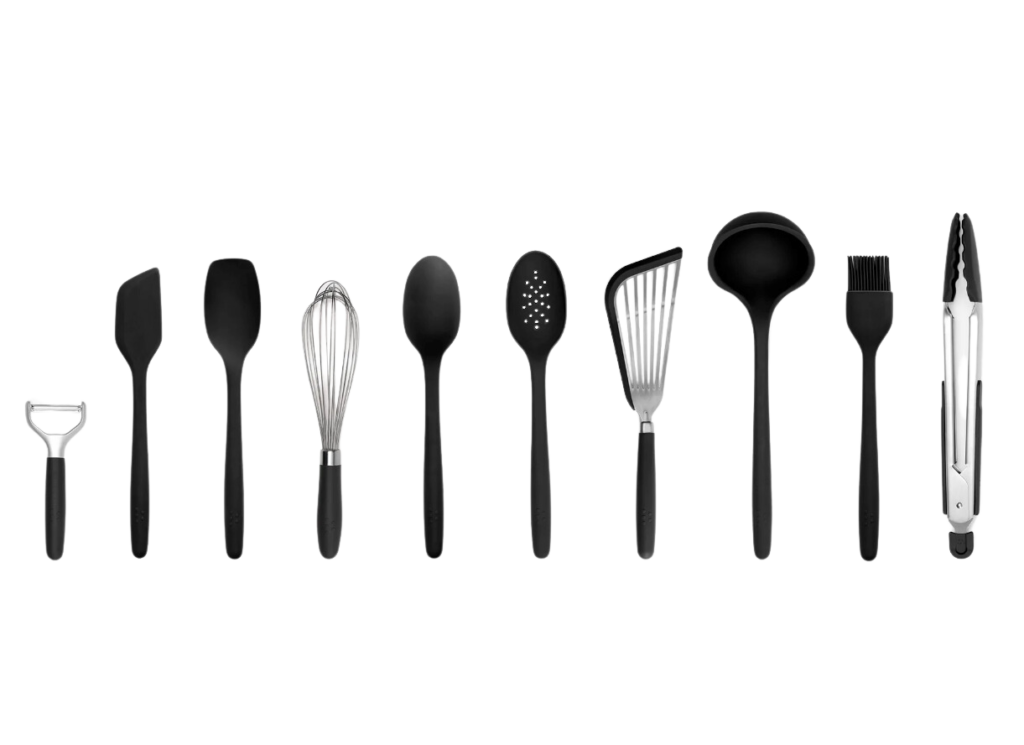
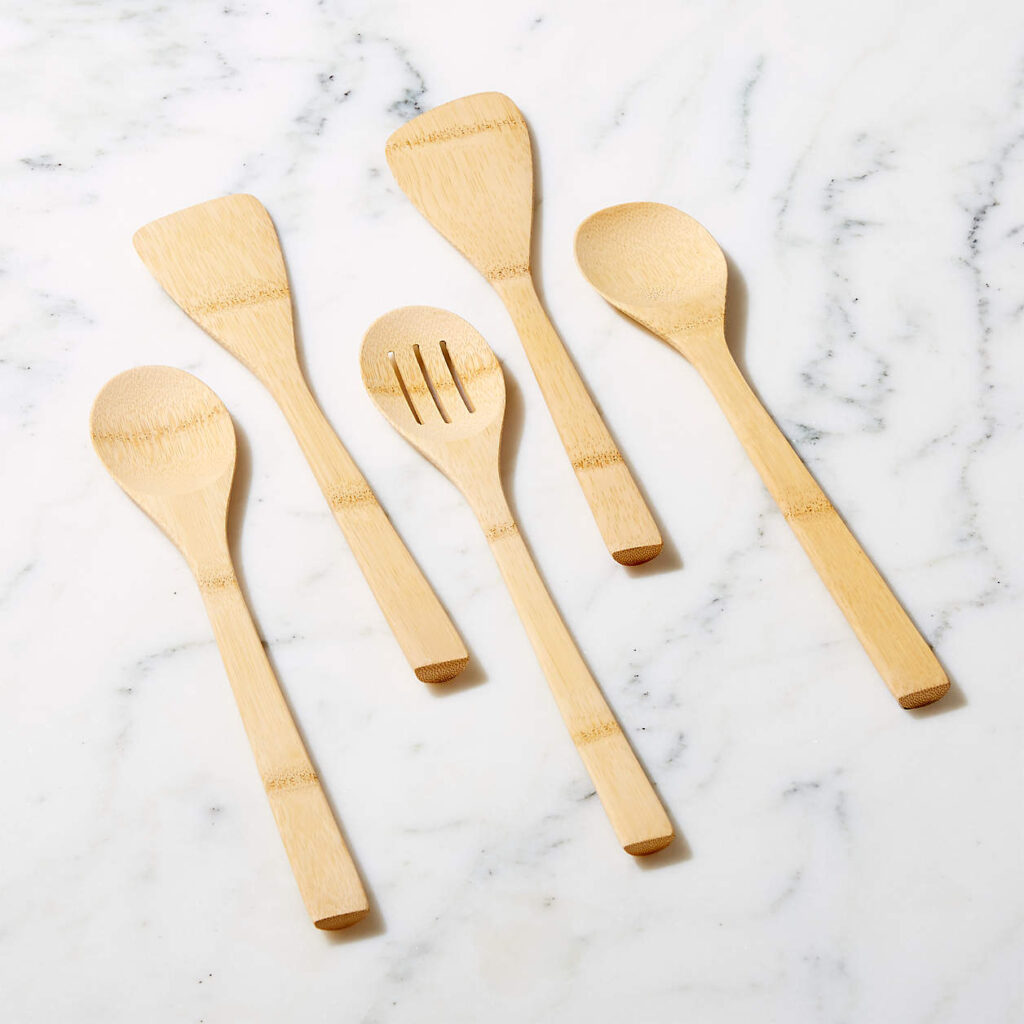
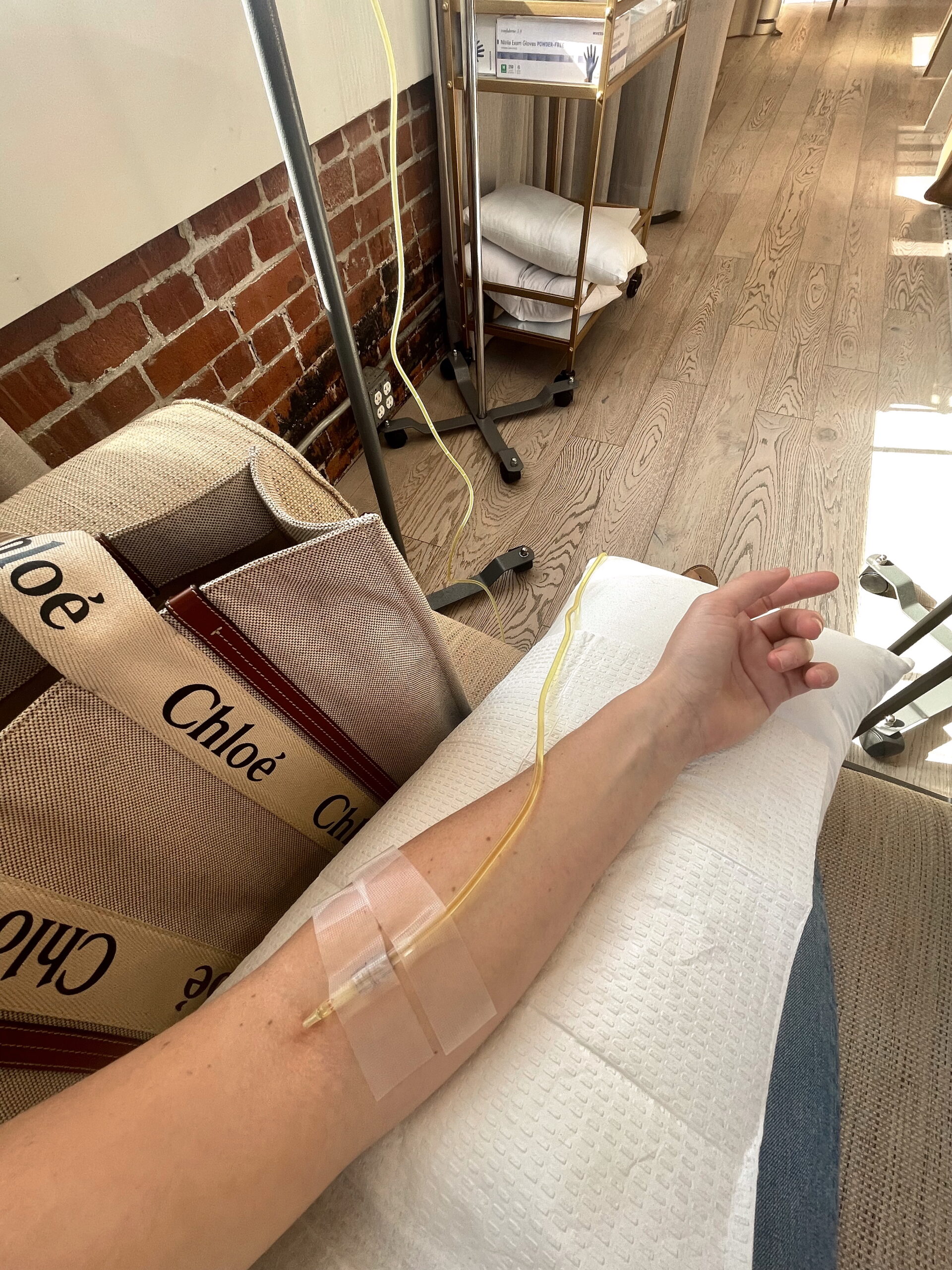

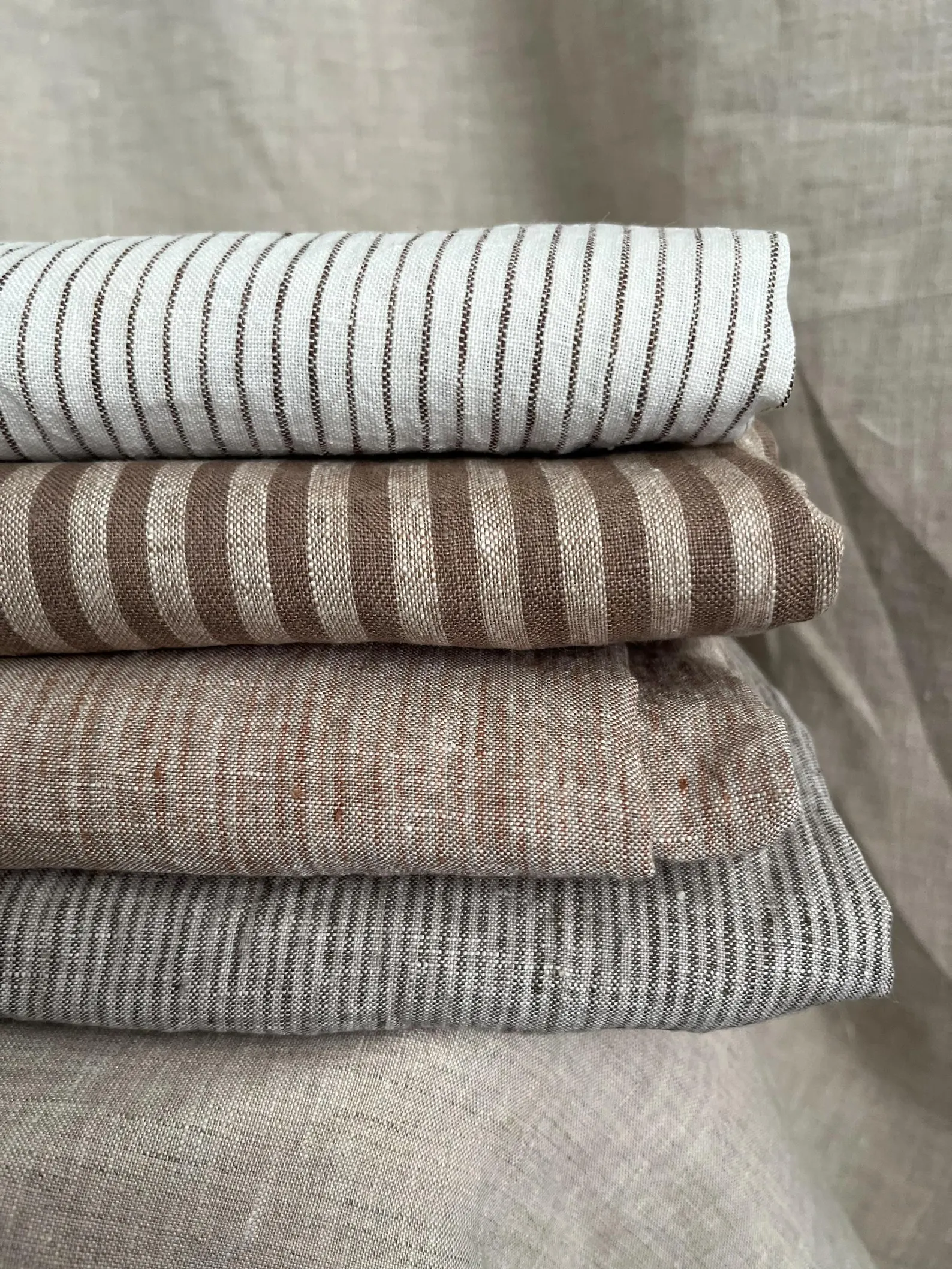


Comments +